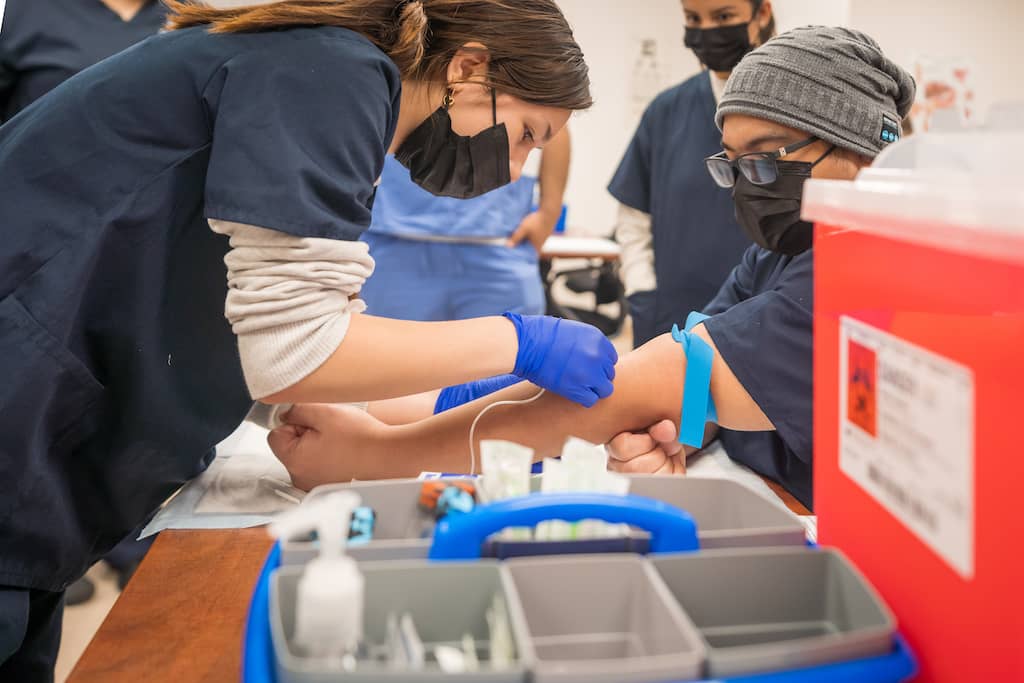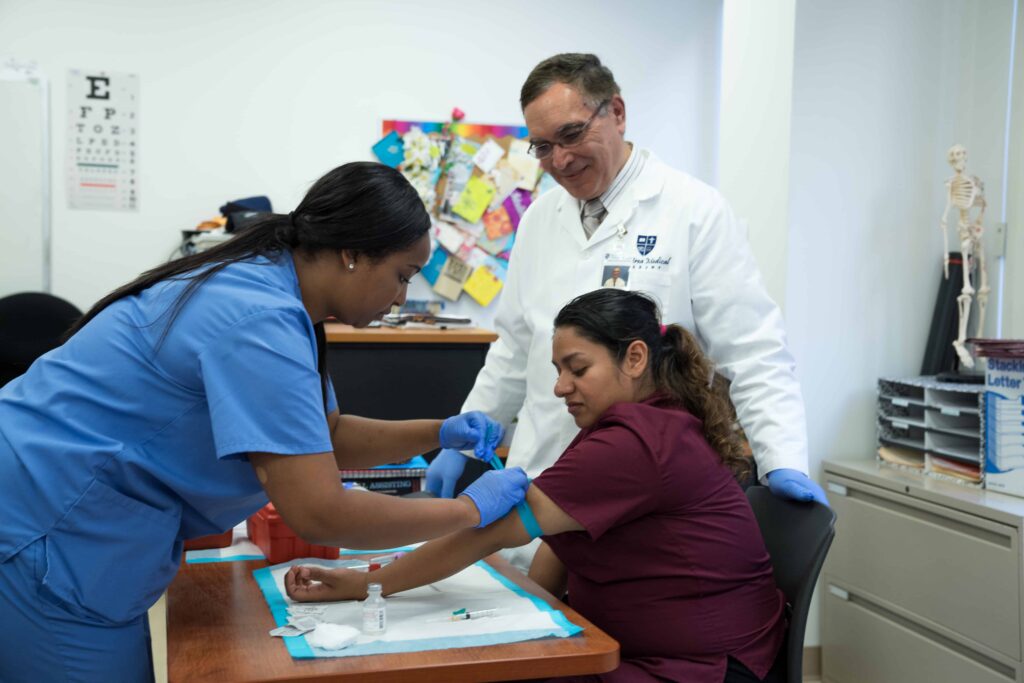Comprehensive Guide to Phlebotomy Training - 3 minutes read
The field of healthcare is replete with diverse and vital roles, and among those, the profession of a phlebotomist stands out as both critical and accessible. Drawing blood is a fundamental procedure in medical diagnostics, and it requires a skilled hand and a knowledgeable mind—both of which are hallmarks of a trained phlebotomist. This blog post is intended for aspirants, from healthcare students to career changers who are considering phlebotomy as their next professional step.
Introduction
Phlebotomy, derived from the Greek words 'phlebo-', meaning "vein", and '-tomia', meaning "cutting", is the process of making an incision in a vein with a needle. A phlebotomist's main role is to draw blood from patients for tests, transfusions, research, or blood donations. Given its direct involvement in patient care and diagnosis, phlebotomy is a critical competency in the healthcare field.
Why Choose Phlebotomy Training
Pursuing a career in phlebotomy offers more than just job opportunities; it's entry into a sector known for its meaningful impact on patient care. Phlebotomists are in high demand in hospitals, clinics, diagnostic laboratories, and blood donation centers. Training in phlebotomy can quickly lead to a robust career with plenty of room for advancement and specialization.
Requirements for Phlebotomy Training
Phlebotomy training programs generally require a high school diploma or equivalent. Potential students should possess good hand-eye coordination, attention to detail, and communication skills to succeed in this field. Understanding patient privacy laws and displaying compassion are also important traits for phlebotomists.

Phlebotomy Training Programs
Programs can range from a few weeks to several months, offering certification upon completion. The cost of these programs varies widely based on factors such as location and institution. Some training may be available through vocational schools, community colleges, or technical schools.
Curriculum Overview
The curriculum at a typical phlebotomy training program might include anatomy and physiology, particularly focusing on the circulatory system, blood collection techniques, safety procedures, and handling and transportation of specimens. Hands-on practical training is a critical component, often taking place in a lab setting or through clinical externships.
Benefits of Phlebotomy Career
The phlebotomy field offers job stability due to the constant need for medical testing. There's growth potential through additional certifications or related healthcare positions. Additionally, the salary outlook is competitive in
comparison with other entry-level healthcare roles.
Steps to Become a Certified Phlebotomist
After training, aspiring phlebotomists typically need to pass a certification exam through organizations like the National Phlebotomy Association or the American Society for Clinical Pathology. Proper exam preparation through study guides and practice tests is critical. Once certified, phlebotomists may need to maintain their certification through continuous education.
Job Placement Assistance
Many programs offer job placement assistance after training completion. This support can be instrumental in navigating the job market and finding suitable positions promptly.
Industry Outlook and Trends
The phlebotomy field is evolving along with the rest of healthcare, with constant improvements in blood collection technology and methodology. Staying abreast of such technological advancements is key to a future-proof
career in phlebotomy.

Conclusion
For those with aspirations in the healthcare sector looking for an accessible entry point with ample growth opportunities, phlebotomy training is a powerful step. It's a gateway to a career rich with human contact, technical skill, and the satisfaction of being a crucial part of patient care.
With proper training and the necessary personal and professional skills, the path to becoming a phlebotomist can be both gratifying and promising. Whether you desire a stable job, aim to use this role as a stepping stone in healthcare, or simply want to improve people’s lives, phlebotomy training could be your answer. We hope this guide energizes and inspires you to take the plunge into this fulfilling career.